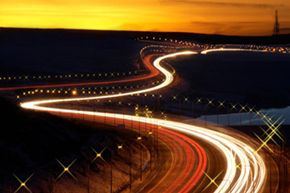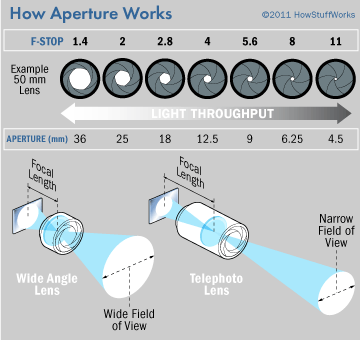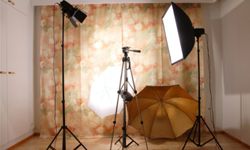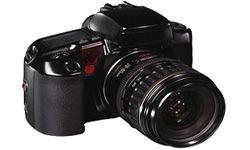When you press the button on a camera and hear that distinctive click, you're hearing the sound of the camera's shutter opening and closing in a fraction of a second. The shutter opens to let light through to the film or electronic sensor, and closes again.
Along with camera lenses, ISO level, focus and aperture settings, shutter speed is one of the primary factors in photo quality. And if you alter the length of time the shutter stays open, you can drastically change the kind of image you'll end up with. Fortunately, in this article, we'll explain how you can use shutter speed to capture movement in exciting new ways.
Advertisement



